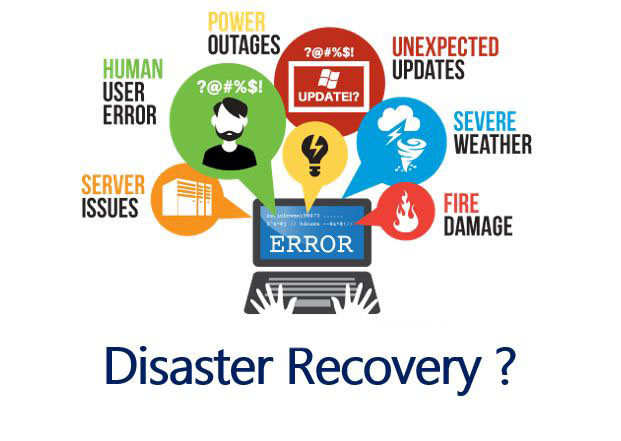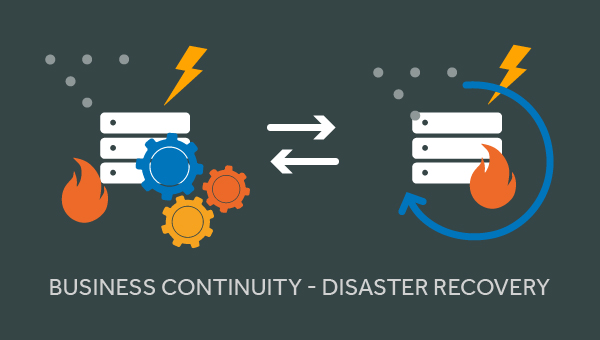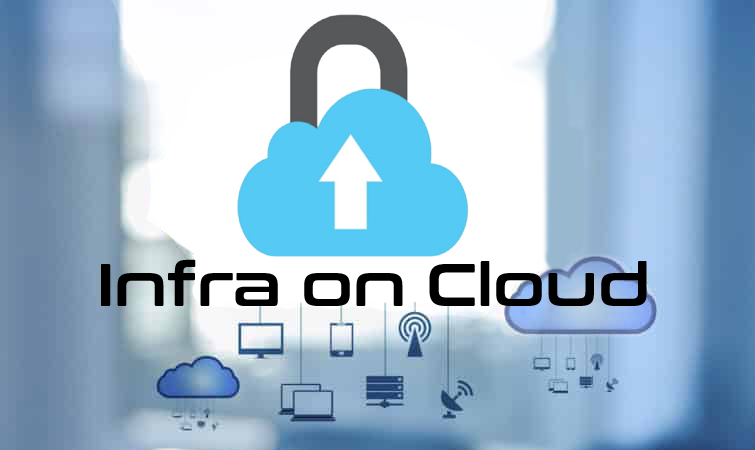
Natural disasters or those caused by systems or technical failure or by humans carrying out an intentional attack are significant enough to disrupt or completely stop critical business operations for a period of time. Some of the disaster scenarios include:
- Cyber-attacks such as malware, DDoS and ransomware attacks
- Power outages
- Equipment failure
- Epidemics or pandemics, such as COVID-19
- Terrorist attacks or threats
- Industrial accidents
- Hurricanes, Floods, Tornadoes .etc..,
- Fires
The impact of such disasters, both natural as well as technical, is an aspect that any Enterprise need to evaluate to ensure Business Continuity and have little or no impact on the regular functioning.
Let’s discuss Disaster Recovery and its importance
Disaster recovery (DR) is an Organization’s ability to respond to and recover from an event that negatively affects business operations. The goal of DR methods is to enable the organization to regain use of critical systems and IT infrastructure as soon as possible after a disaster occurs. To prepare for this, organizations often perform an in-depth analysis of their systems and create a disaster recovery plan in times of crisis.

Implementing Disaster Recovery Solutions for your Business
A disaster recovery (DR) site is a facility an organization can use to recover and restore its IT infrastructure and operations when its primary data center becomes unavailable.
- Companies with large information requirements and critical recovery time objectives are more likely to use an internal DR site. The internal site is typically a second data center and allows a company to recover and resume operations following a disaster at the primary center.
- Some companies choose external sites which are hot, warm or cold DR sites depending upon the criticality of the services that need to be recovered.
- Distance is also a factor Organizations consider while setting ups Disaster Recovery sites based on the importance of data, possible disasters and cost.
- A company can also use a cloud-based recovery site. Having DR sites in the cloud reduces the need for data center space, infrastructure and resources.
- Other types of DR sites include mobile recovery services and Colocation data centers. At colocation data centers, or carrier hotels, multiple customers install network, server and data storage devices, and connect to a variety of telecommunications and network service providers. Viable for smaller companies.
When choosing a networking and disaster recovery partner, look for a provider with a global network that can support multi-site disaster recovery strategies. At the end of the day a Disaster Recovery plan with your Datacenter partner should be able to mitigate business disruption and provides maximum fault tolerance for all computer-related business functions.
We at Servers and Colo provide enterprise clients with Disaster Recovery solutions.
To know more about how we can help you please write to us at sales@serversandcolo.com or visit us at www.serversandcolo.com
![]()

